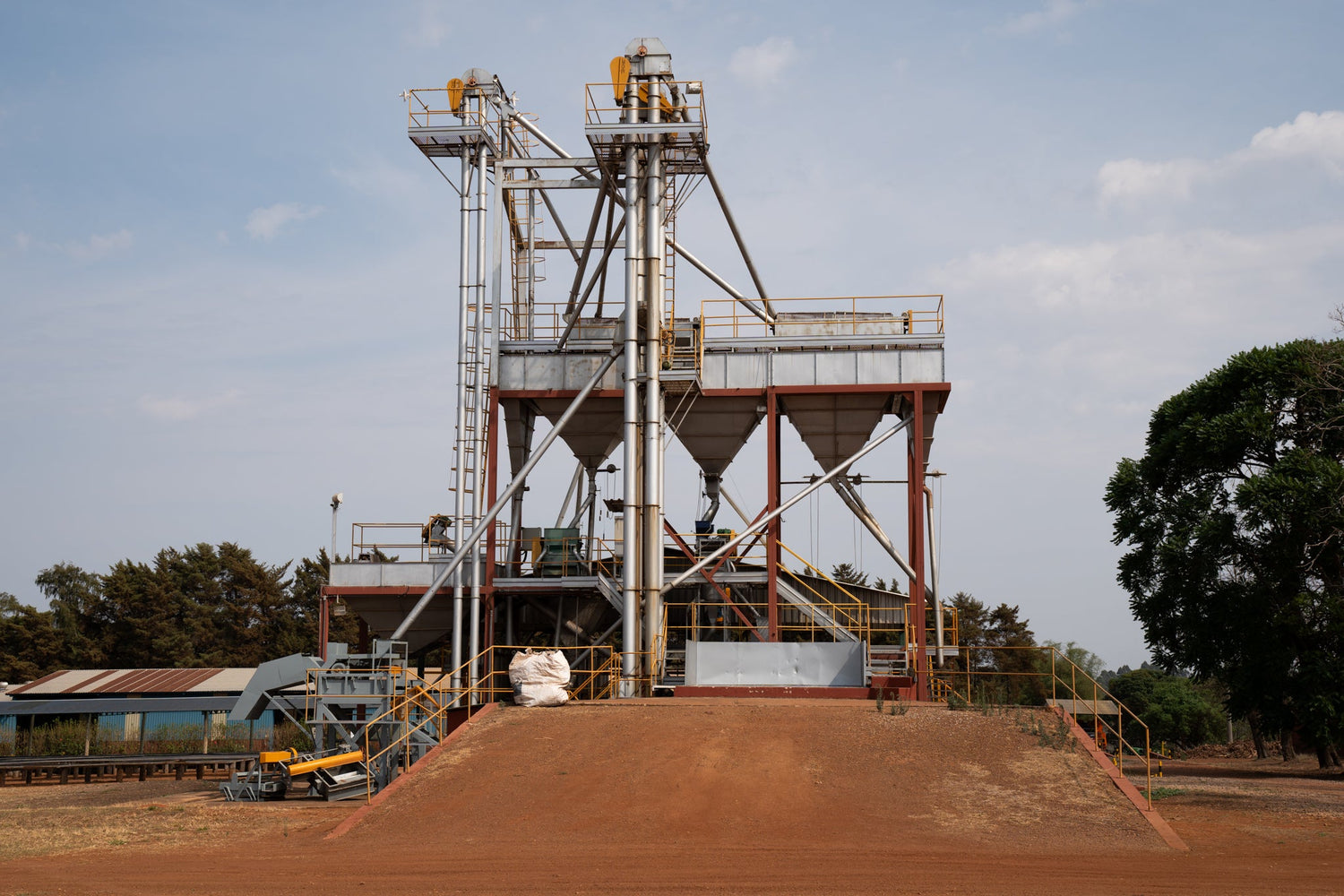By Emily Jackson, Operations Manager & Production Roaster.
Not love at first sip
I have always loved coffee, for as long as I can remember. But I have not always loved beer. At uni, beer was lager and was just a means to an end. I did not enjoy it in the slightest. In fact, I enjoyed it so little, that I stopped drinking it entirely until my 30s. As I got wiser, I got into tasting beer through a former colleague who had been a brewer in a past job. He brought with him to his newfangled coffee career a desire to educate people about the greatness that is craft beer. All this talk of coffee and beer piqued my interest and I began to see that beer was truly a magic potion that I had to explore.
Traditionally, coffee has been seen as an ideal ingredient to include in dark, heavy, high ABV beers. Stout beer or ‘strong beer’ terminology is believed to have originated in the early 1600s. Porters, a style of stout, became popular in the early 1700s with professional porters, people who were employed to carry things, hence the name of the beer. Stouts took longer to spoil than ales or lagers, and had a higher ABV, which ensured their popularity in a pre-refrigeration world. Stouts and porters waned in popularity in the 20th century but the styles are currently experiencing a resurgence within the craft beer industry.
Smashed cake and broken dreams
As of the date of writing this piece, we have been roasting coffee for Siren Craft Brewery to use in their beer, ‘Broken Dream’ for the past year and a half. Broken Dream is a breakfast stout that won the CAMRA Supreme Champion Beer of Britain award in 2018. The coffee flavour is complemented by the addition of lactose, chocolate, smoked malt and roasted barley. The flavour reminds me of an iced mocha — so tasty. When Siren won the award, we all felt proud to have roasted The Baron, the coffee that is used to produce such an outstanding beer.

Photo Credit: Siren Craft Brew
Siren reached out to us about helping them out with a super special release. Every year, Siren releases their seasonal Caribbean Chocolate Cake beers. This year, they are trying something that they haven’t done before with the CCC series: a white stout. From the brief given to us by Head Brewer, Sean Knight, it was clear that they were looking for a coffee that would be fruit-forward and complementary to the cranberries, vanilla, cocoa nibs and husks that would be added. The desire was to keep the colour of the beer on the light side to still be considered a ‘white/golden stout’. To aid in this goal, my recommendation was to add the coffee in the cold infusion stage of the brewing process — fewer solids would be dissolved into the brew without hot water. This incarnation of the White Chocolate Caribbean Chocolate Cake was released on Thursday 28th November and promptly sold out! You may be able to find a can or two at your local bottle shop.
At around the same time, Brew By Numbers brewery, based in Bermondsey, South London, approached us about working on a coffee beer together, this time a coffee porter. The coffee used is a pulped natural red catuai from Fazenda Santissimo, Minas Gerais. Approximately 10 grams of coffee per litre was used. The coffee was introduced to the brew in both the hot phase and in the cold fermentation phase. The result is a smooth drinking at 9% (!) coffee porter with notes of chocolate, maple, and pecan. I stopped by the tasting room on a Friday night and was given a sneak peek by the brewer, Kieran.
After meeting with the two different brewers, and been given different briefs of what they want to accomplish, I walked away more much more aware of the many different ways to approach brewing coffee beers as there are to brew coffee.

Spicing things up
In August 2018, Simon, our Head Roaster, headed to Daterra Estate, producers of the Baron, to participate in a coffee fermentation experiment using different yeasts. Yes, coffee, like all the most delicious things in the world (i.e. chocolate, wine, cheese, beer) is a fermented product. The results were wildly differing. The best of the experiments was a coffee that had been fermented using an IPA yeast. The end result was a coffee that was much brighter than the Baron, with notes of pineapple, tinned peaches, orange zest, blackberry, toffee and chocolate. This amazing coffee was showcased by Matt Randell in the 2019 UK Barista Championships. He placed 3rd in the competition with a presentation based around experimentation.
This November, I was fortunate to attend Uppers & Downers festival in Berlin, serving the Climpson & Sons espresso martini. Uppers & Downers began in 2013 as a conversation between Good Beer Hunting's Michael Kiser and World Barista Champion Stephen Morrissey about the lack of creativity and sophistication in coffee beers. At the Festival, hosted at Motel Brewery, I had the opportunity to try a porter seasoned with oyster shells to add salinity, light coffee ales with added lactose, and juicy saisons brewed with cascara — delicious examples of how to pair contrasting flavours to highlight the best of each.
Renewing vows
The future is bright for coffee, beers, and coffee beers. There is so much more room for experimentation in flavour and styles within both beverages. We are no longer restricted to wild yeast in fermentation of coffee, and coffee beers are no longer confined to being reiterations of dark porters and stouts.
Drop by the Climpson & Sons Cafe on Broadway Market or the Coffee Bar at Old Spitalfields Market to try some in December, and raise your glass to the future.




